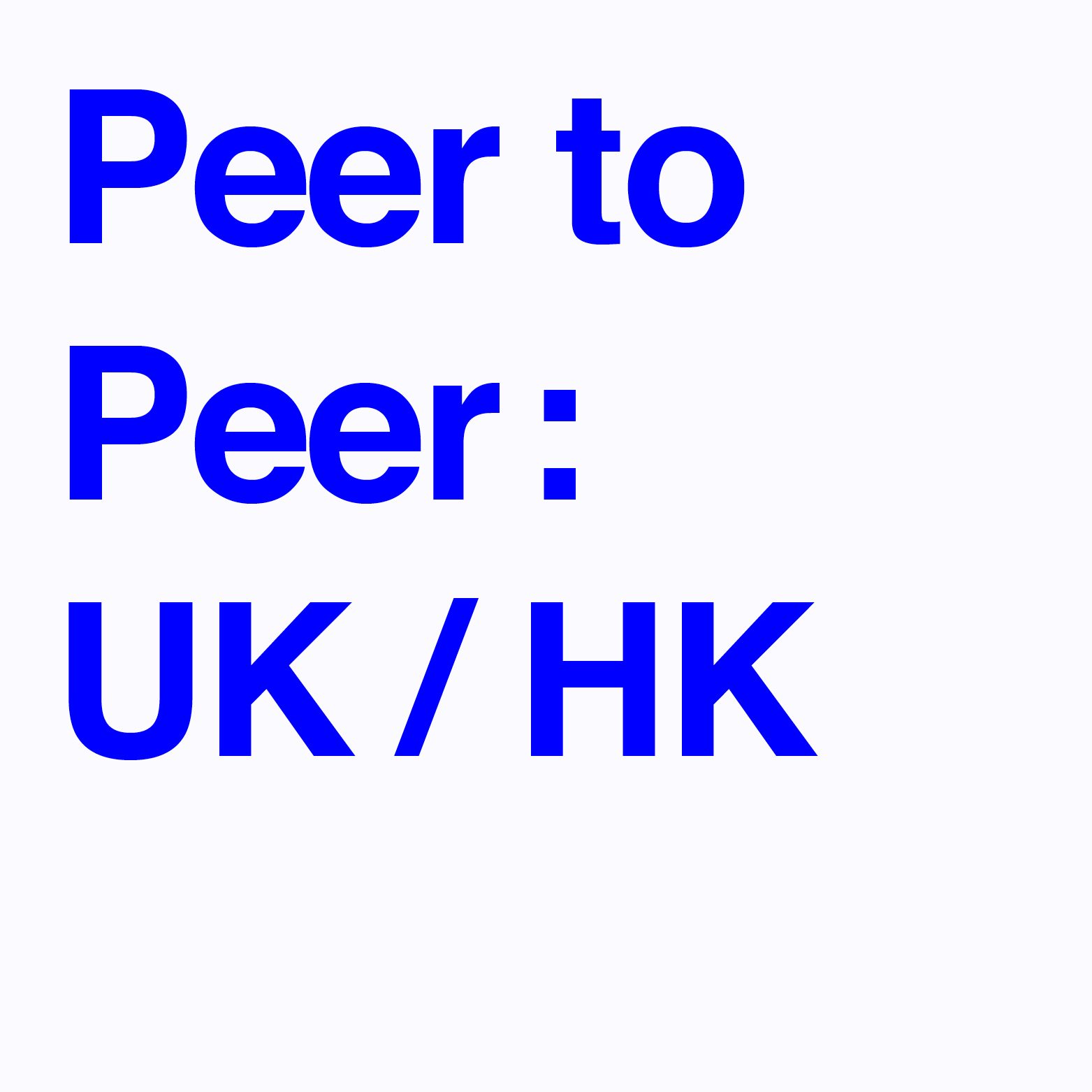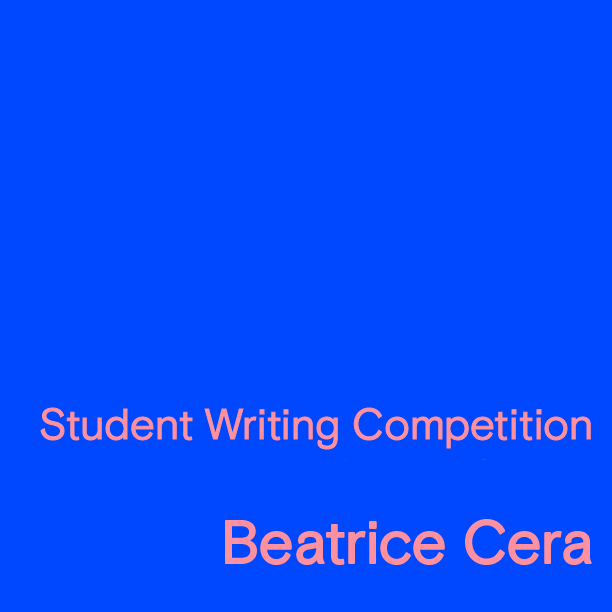What does it mean to build an artistic practice in the current historical time? What does it look like? These questions have been floating in my mind for a while. More specifically since I decided to take a detour from the field of design to enter a full-
time artistic practice — at the moment carried out in the context of my studies.
Going through the meanders of the online exhibition Peer to Peer: UK/HK 2022, I was fascinated by the diversity of the works — I am not sure yet which verb to use to describe the experience of attending an online exhibition. In this case it really felt like wandering in the unknown while being dragged on by an insatiable curiosity. Peer to Peer: UK/HK 2022 as a platform encourages experimental approaches and flowing of
ideas, rather than seeking exhaustive, definite — easily commodifiable — artworks.
As I could understand it, the vision of the festival is that of facilitating a virtual place for geographically distant artists to come together and create new works nourished by these encounters.
Allowing space for collaboration is a courageous act of freedom. It means to favour criticism and progressive ideas and it leaves the initiator with limited control over the result. It requires being open(-minded) to the potential of unexpected developments,
and well-equipped to give such developments the necessary support. It takes the ability to give up on cleanliness and homogeneity in pursuance of ambiguous, hesitant, never imposing yet thoughtful outcomes. A collaboration grows horizontally and distributes the power between the agents who take part in it in a continuous process of (re)negotiation. A collaboration shows us the possibility of living together,
in respectful and caring co-existence.
As an individual, allowing space for collaboration also means to open up to being vulnerable. It means to put your ideas in the hands of others, and your feet in their shoes. It means sharing knowledge. This is the most powerful counter-narrative to an
economic system that teaches us to accumulate and never give away. It seemed to me that in many cases in this exhibition the process of collaboration almost naturally guided the artists to share their process together with the artistic output. One
example is the Miro board from the contribution Three Places. In A Moment of 90 Seconds. with the comments of the artists — Edwin Chuk Yin Man, Emma Lambert, Terry Ng — to their respective researches. As if inspired by the act of feeding each
other’s minds they felt the urge to involve the audience in their stream of thoughts.
Maybe this is what an innovative artistic practice can look like: In progress, open, layered yet inviting for the viewers to get lost in its ripples and wrinkles. Collaboration as a route; gentle, slower — dealing with others takes care and time — and fluidly
shaped artistic forms as an outcome.

